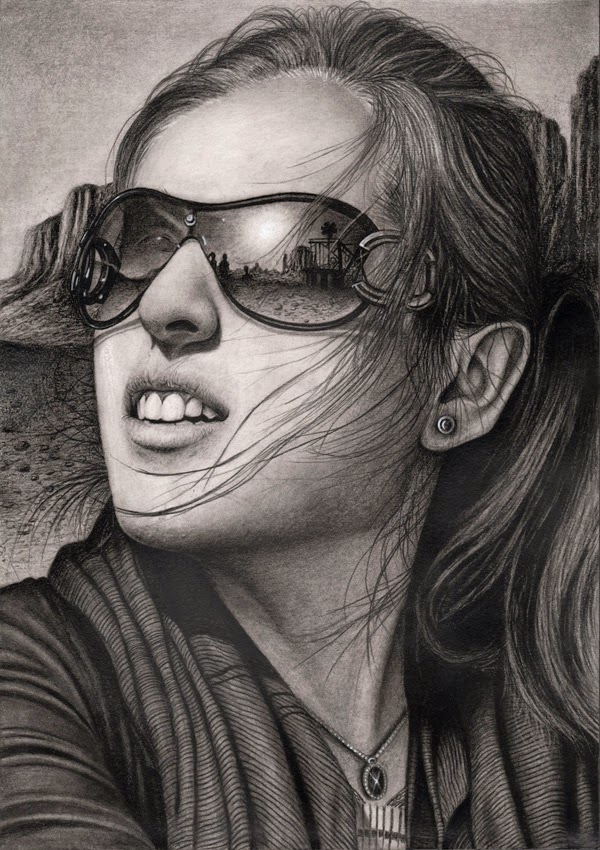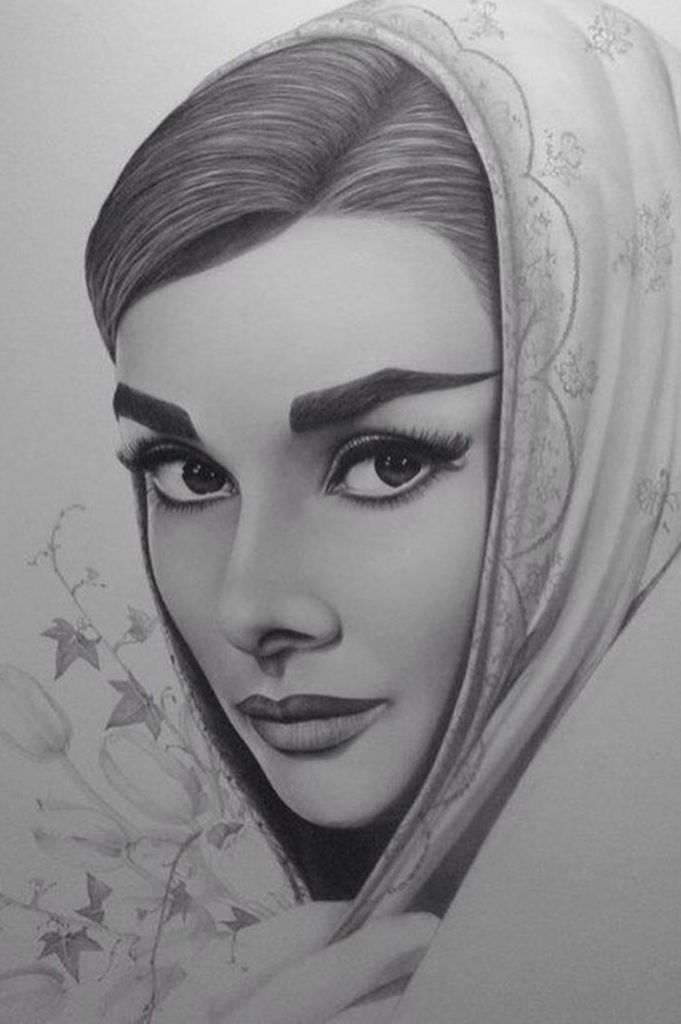

- #ART PENCIL SKETCH DRAWING HOW TO#
- #ART PENCIL SKETCH DRAWING MANUAL#
- #ART PENCIL SKETCH DRAWING PRO#
I want to know how to create so I can be making money 🥲 Reply Δ 15 Responses to “A Beginner’s Guide to Drawing With Pencil”
#ART PENCIL SKETCH DRAWING PRO#
Get more must-know tips from a pro and complete four projects step-by-step in our class Startup Library: Learn to Draw. Photos via Unicorn Love unless otherwise noted Learn More Now Follow your intuition and make the drawing your own! You can take the drawing as far as you’d like from this point, working it into a highly detailed work or leaving it more loose. It will help you determine what areas need more shading. Start slow (you can always make an image darker, but making it lighter is more difficult) and pause every now and again to look at your image from a distance. Using a variety of tones will suggest color even in a black-and-white piece. Refine Your Drawingįinesse your drawing by using various pencil marks to shade and highlight certain areas. To add some definition, darken the scumbling around the edges or add hatching (linear lines) or cross-hatching (crisscrossing lines) to portions of the radius of the donut that correspond with the darker portions of the reference image. You could start by filling in that area using small light circular motions (known as scumbling). In the case of the donut, the “cake” part has a slightly uneven texture. Evaluate your reference image for distinct textures to convey in your drawing. Once you’re happy with your basic sketch, you can start filling in and refining your drawing. Make an Outlineĭraw the basic shape of your object, but don’t worry about realism here. Go with something basic like a flower or simple object. If you’re just getting started, a photograph is a great reference choice because it won’t move or change on you as you work. Drawing with Pencil in Four Easy StepsĪpply the basics of this tutorial in all your drawing endeavors. You can even transfer the sketches you’d like to develop into finished pieces onto good paper using transfer paper. You’ll want to invest in two types of paper: sketch paper, which is cheap and ideal for testing out ideas and refining techniques and higher-quality archival drawing paper, which is thicker and has a gentle “tooth” that’s ideal for graphite, for when you’re ready to work on a final piece. If you’re just getting started with pencil drawing, you probably don’t want to be using expensive paper from the get-go. A soft gum eraser or a “big pink” eraser (like the eraser on the end of a pencil but larger) are both great, low-cost choices. Even if your pencil has an eraser on the end, it will be worn down in no time. They can also used for shading and special effects. EraserĮrasers aren’t just for do-overs and clean-ups. Each will sharpen the pencil to a different type of tip, so this will give you a lot of drawing versatility.
#ART PENCIL SKETCH DRAWING MANUAL#
A great choice for beginners is a manual pencil sharpener with two openings. If you’re serious about drawing with pencil, it’s a great idea to figure out what types of tip (fatter? finer?) and graphite hardness you like, and then take the leap into buying a high-quality mechanical pencil. They’re not as good as regular pencils for soft shading, though. They never require sharpening and are terrific for line work, hatching and cross-hatching. What about mechanical pencils? Yes, they can be great. Simply pick up a variety of H and B pencils (even fancy models won’t set you back much) and you’ll be covered. Within each letter category, there are numbers denoting degrees of hardness or softness the higher the number, the softer the pencil.Ĭonfused? That’s okay! You don’t have to know exactly what letter/number you need, or even what you’ll be drawing, to buy pencils. Pencils are graded by both number and letter, with “H” being harder and “B” being softer (or blacker). PencilsĬlearly! But in the art world, there’s more to choose from than the standard #2. There are a few tools you need to get started on your sketching journey. Get ready to make your mark! What You Need And once you master these basics, you’ll have the skills (and confidence) to move on to more complex subjects. You’ll be amazed at how easy it is to make your first pencil drawing of a simple object. Skeptical? Try the quickie sketching tutorial below.

Our beginner’s guide to drawing with pencil can help you with the rest. In fact, if you know how to hold and use a pencil (check!), you already have the basic graphite skills needed to start working with this versatile medium. It requires very few supplies and - honestly! - isn’t hard to learn.

Drawing with pencil is an art form that you can jump into at any age.


 0 kommentar(er)
0 kommentar(er)
